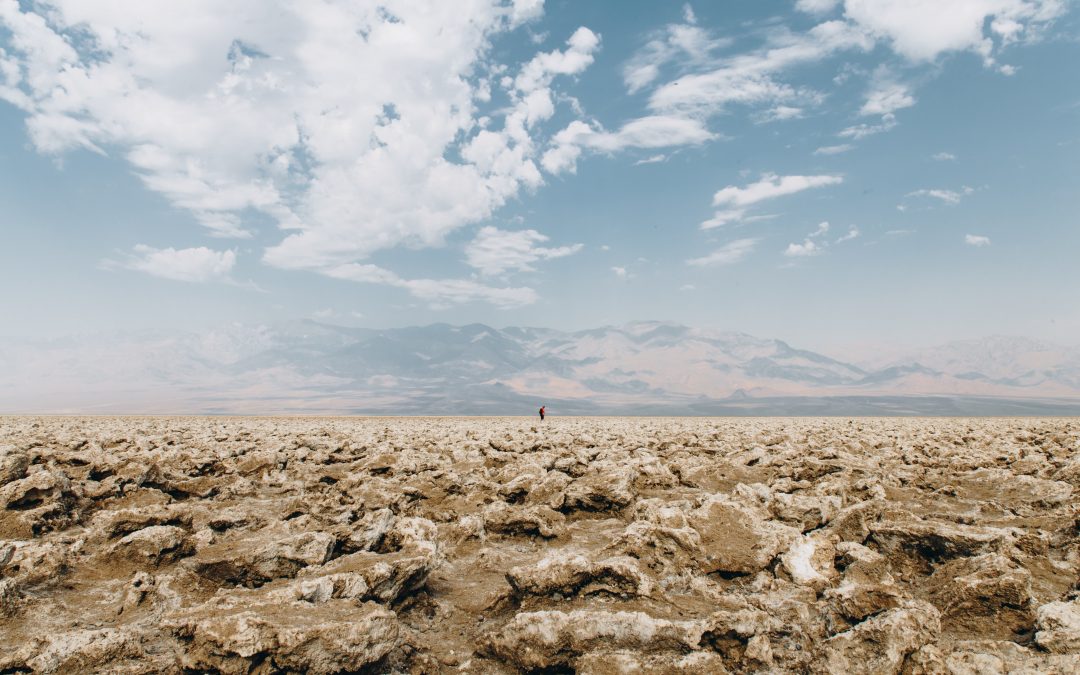If the links courses represented nature’s version of a golf course, and parkland courses are the most clearly artificial, then desert courses stand between the two. Of course any desert worth its salt mine is hardly likely to see the manicured grass for a fairway and putting green occur naturally. But the untameable wilderness just beyond speaks to the power of the natural world, condensed into the form of golf’s most intractable obstacle.
Balls that fall into the sand of a parkland bunker must be struck free via a sand wedge. But balls that fall into the endless sands surrounding a desert course. must be abandoned. Better to lose a ball than find one of the predators that skulk in the vast wilderness. Whereas wildlife tends to threaten parkland by ripping up the grass, in desert courses they tend to be a threat to the golfers themselves.
Desert Courses – Sheer Heat
Then there is the temperature. Whereas links courses are grueling tests of mental resilience, long desert courses, especially in the summer are the ultimate trial of a golfer’s physical endurance. In Australia, the Coober Pedy course doesn’t have grass, even on the putting green, because of the immense heat. The necessity for precision on narrow courses can also further drag out playing time. Desert courses are therefore relatively unique in golf in that the dress code is self-enforcing. Dress for the heat or risk heatstroke.
That’s not to say desert courses are uniformly grim. One of the finest desert golf courses in the world – the Quarry at La Quinta – is golf’s answer to the Hanging Gardens of Babylon, almost its own verdant universe rising out from the sand. Certainly, there is as much variety in desert courses as in parkland courses, even if they aren’t quite as popular. While they might not be to everyone’s taste, they provide an important niche for golfers who enjoy them. Just don’t forget the sunscreen.


Recent Comments